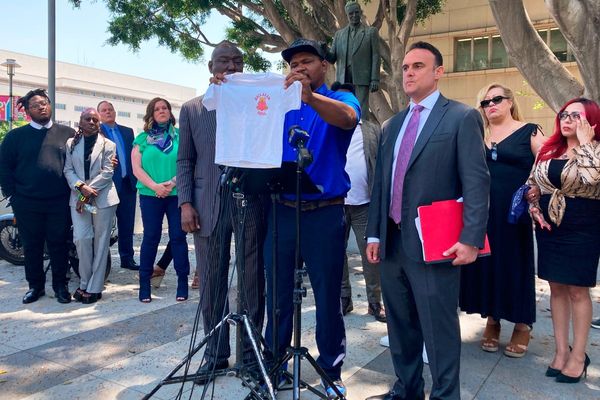“Marry the house, date the rate.” That’s the advice realtors and mortgage lenders are giving worried homebuyers as mortgage rates reapproach the two-decade high of 7% reached in November. In other words, don’t be afraid to commit to the house you love, because you can just refinance when rates come down in the next couple of years.
But frankly, it’s bad advice. New homeowners may come to find they’re in a longer-term relationship with today’s rate than they expected.
Yes, for the last 10 years (before last year’s uptick) rates were much lower, averaging 3.78%. But that doesn’t mean they’ll drop back to those levels anytime soon. In fact, the bond market is starting to price in higher benchmark interest rates following stronger economic data.
Refinancing calculations are also more complex than most realtors and lenders like to admit. While lenders typically say a borrower only has to cut the current rate by a 1/2 or full percentage point to save on monthly payments (and recoup the closing costs charged to refinance), Freddie Mac deputy chief economist Len Kiefer says it’s more like 1.5 percentage points to really make a refinance worth it in the long term.
Plus, there are other variables that make it more than just a simple rate calculation: What’s the lender charging for closing costs? How long do you plan on staying in the house?
Closing costs typically include an origination fee, home appraisal and title search, among other expenses, and can range from 2% to 6% of the loan amount. With an average refinance loan size of about $264,000, lenders could be looking at paying an upfront cost of at least $5,000. So if you refinance to save $150 a month, it would take you 33 months, or almost three years, to pay that off.
A handful of online lenders and credit unions are offering to pay for some or all of those refinancing costs if rates drop within a specified period of time, but that’s a dubious bet. Much will depend on whether the Federal Reserve tames inflation, whether the U.S. enters a recession, and unpredictable geopolitical events.
Few experts even want to make guesses on where mortgage rates will be in 2024 and beyond, but according to one estimate from Fannie Mae, the 30-year fixed rate will average 5.2% next year. That’s much better than today’s 6.65% average, but is still borderline for justifying a refinance. And it’s also far above the 3% rates some buyers may still be fantasizing about.
Aside from interest rate uncertainty, there are other reasons why refinancing might not be such a slam dunk. For one, when someone refinances, they’re starting the mortgage clock over again — some may end up paying more in interest over the life of the new loan, even though it’s a lower rate.
Someone who plans to move eventually might not care about starting over again, but they would have to make sure they don’t move before recouping the refinancing costs.
Choosing a 15-year mortgage, instead of a 30-year loan, would help, but that would mean a much bigger monthly payment — not what refinancers are looking to do if they’re feeling pinched by the original mortgage payment.
To qualify for the lowest refinancing rate, borrowers are also typically required to have at least 20% equity in the home. Borrowers who got in before the pandemic home-price boom are sitting on a lot of equity, but some people buying now may take a bit longer to get that 20% threshold, considering the slowdown in home prices. (This is especially true for those who put less down; the median percent down payment for all buyers is 13%, and for first-time buyers, it’s just 7%, according to the National Association of Realtors.)
For years, refinancing gave lenders business and saved borrowers money. At the height of the refinancing boom in 2020, homeowners who refinanced were able to lower their mortgage rates by more than 1.25 percentage points on average (the largest reduction since 2015). It’s hard to think we’ll get back to those sorts of savings. Homebuyers now need to make sure they’re OK with the rate for the longer haul — especially if they might be on the hook for other big expenses, like renewed student loan payments. Telling someone they can be more noncommittal is just irresponsible.
____
ABOUT THE WRITER
Alexis Leondis is a Bloomberg Opinion columnist covering personal finance. Previously, she oversaw tax coverage for Bloomberg News.
This column does not necessarily reflect the opinion of the editorial board or Bloomberg LP and its owners.







